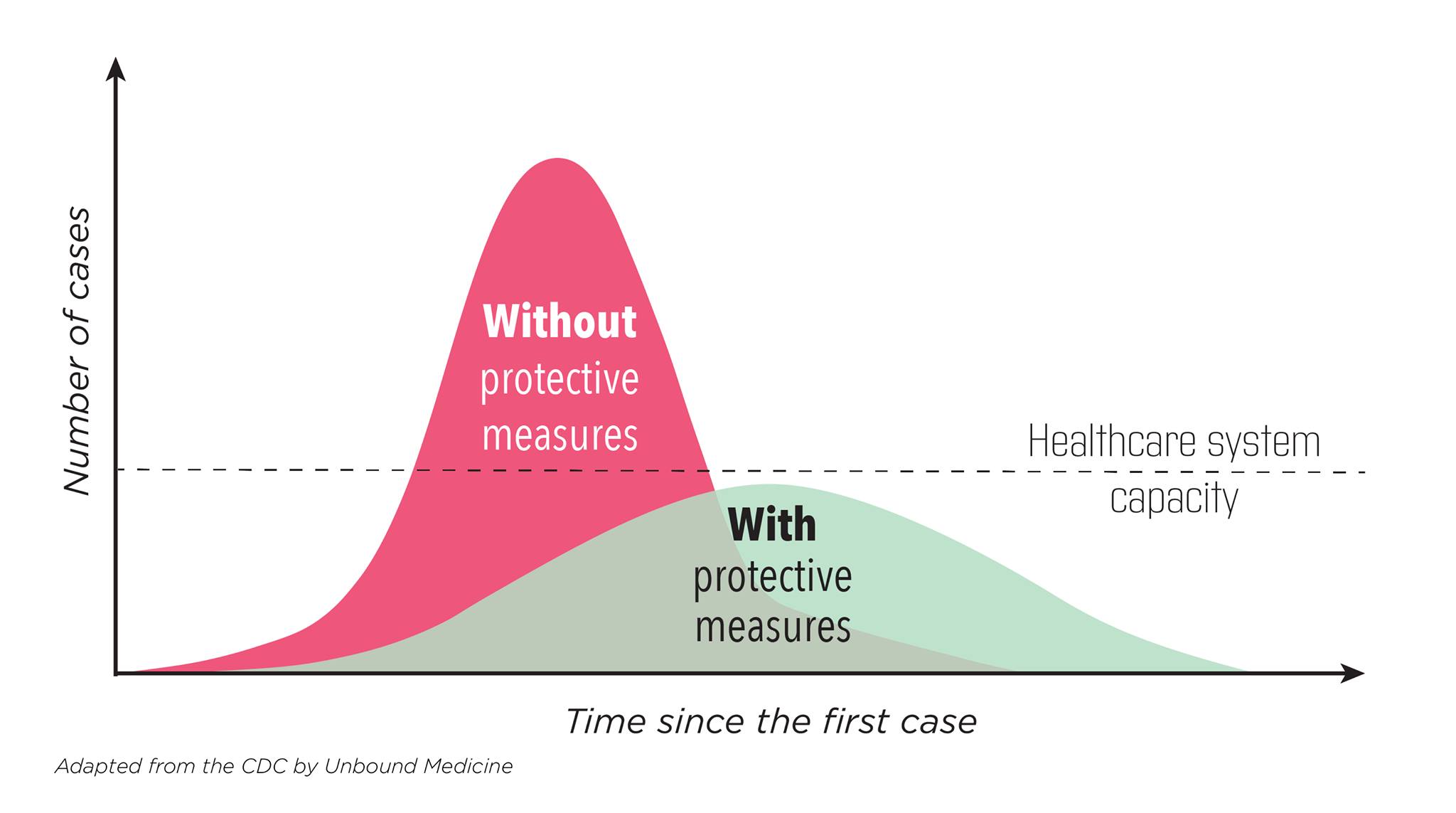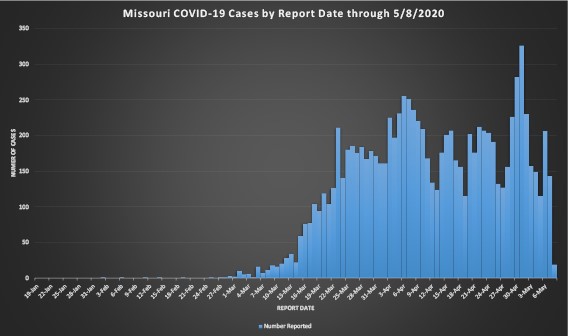Spike.
That is a word I used to only hear from volleyball commentators every 4 years when I watched the Olympics. Now we can’t refer to Coronavirus cases without using that term. Apparently, cases can only spike now. Not increase, not jump, not trend upward, only spike. Gone are my data analysis days when a spike was a brief departure from the trend line that returned to trend, either up or down, because the shape of the curve resembled a spike.
You live long enough, you get to hear language change before your very ears.




